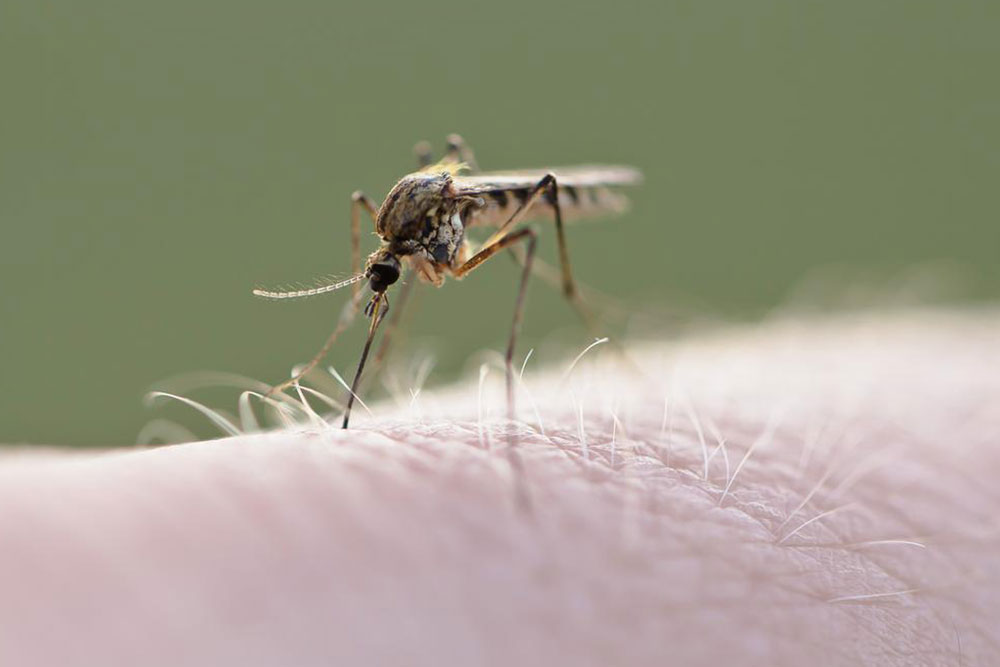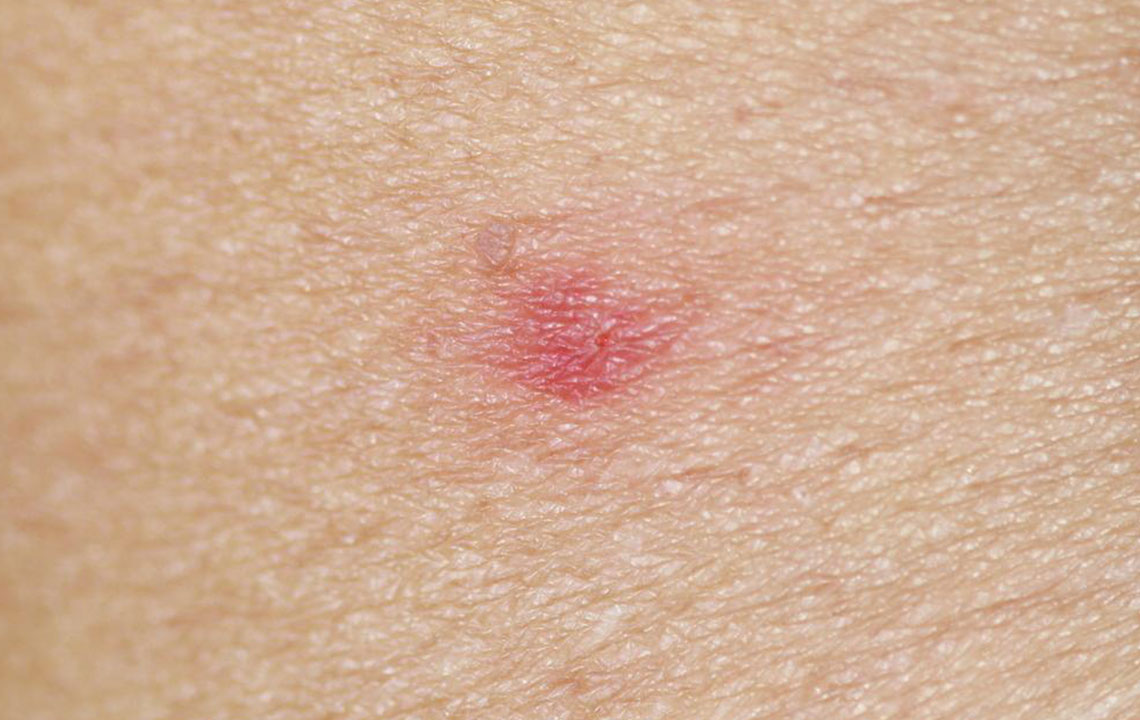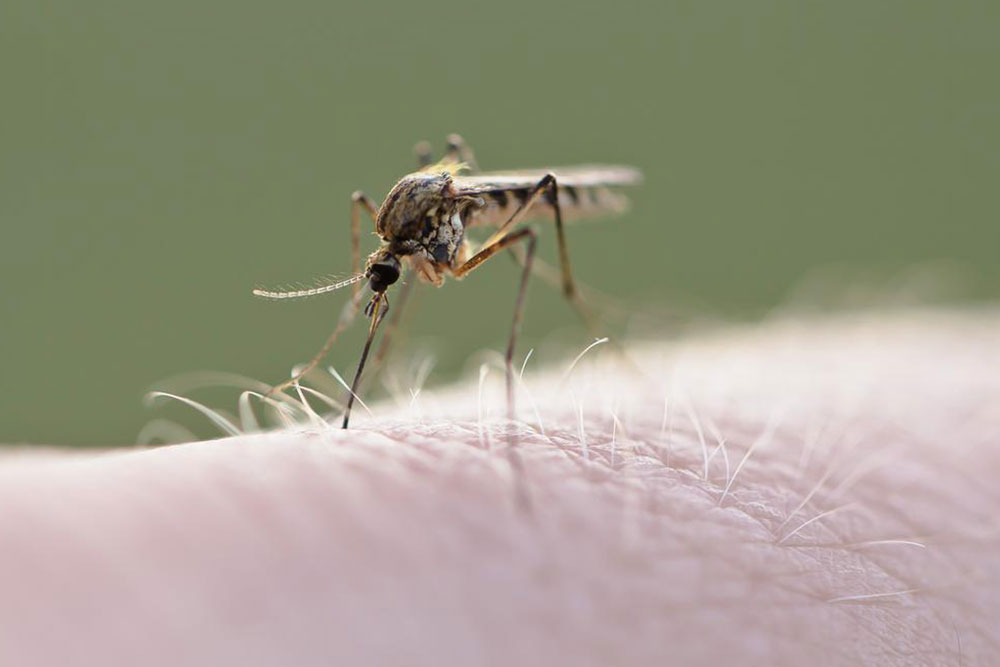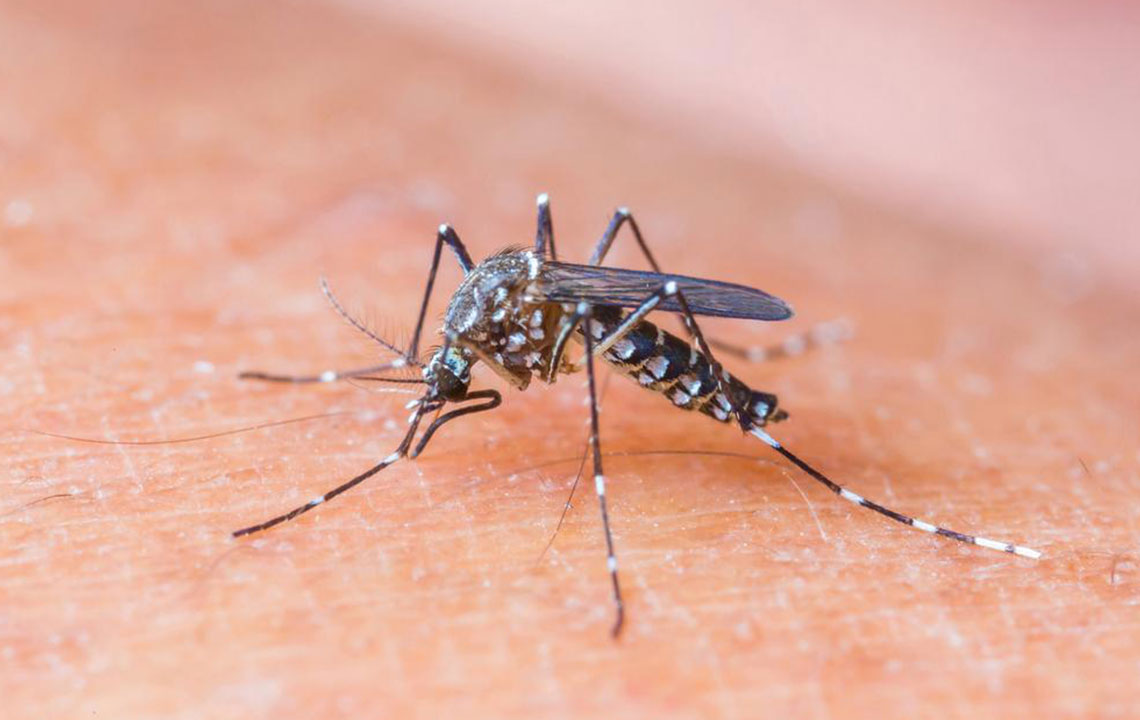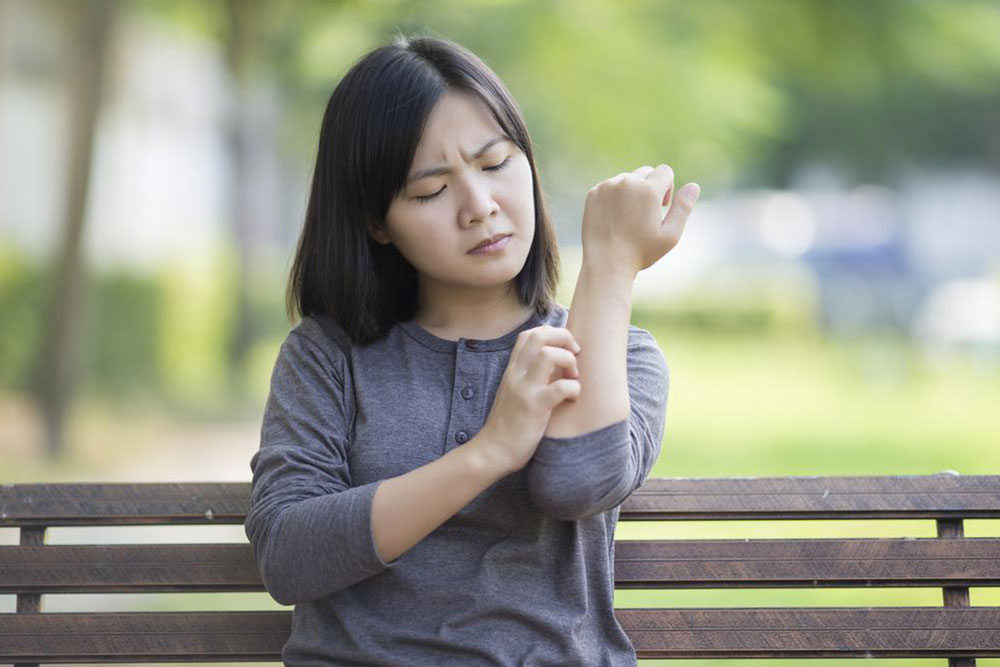Comprehensive Guide to Identifying and Managing Common Insect Bites for Effective Skin Care
This comprehensive guide explains how to identify and manage common insect bites, including ticks, mosquitoes, fleas, and spiders. Learn about their signs, symptoms, and effective prevention strategies to protect your skin and health. Prevent complications by recognizing early symptoms and seeking timely medical attention when necessary.

Comprehensive Guide to Identifying and Managing Common Insect Bites for Effective Skin Care
Insect bites are a common concern faced by individuals across the globe, especially during warmer months and in areas with dense vegetation or high insect populations. While many insect bites result in mild discomfort and localized skin irritation, some can lead to serious health complications if not properly identified and managed. Recognizing the type of insect responsible for a bite, understanding its symptoms, and knowing the appropriate steps for treatment are crucial for maintaining skin health and preventing potential disease transmission.
This detailed guide aims to provide comprehensive information about identifying various insect bites, differentiating between common insects such as ticks, mosquitoes, fleas, and spiders, and offering practical advice on managing and preventing these bites. Whether you’re an outdoor enthusiast, a homeowner, or simply someone aiming to better protect yourself and your loved ones, this guide offers valuable insights into insect bite recognition and care strategies.
Tick bites: Ticks are tiny arachnids that thrive in grassy, wooded, and bushy areas. They are known carriers of serious illnesses like Lyme disease, Rocky Mountain spotted fever, and other tick-borne infections. A distinctive feature often associated with tick bites is the appearance of a "bullseye" rash, which manifests as a circular mark with a clear center and a red outer ring. This rash typically appears around 3-30 days after the bite and warrants immediate medical attention. Ticks latch onto the skin and remain attached for hours or days, making removal imperative to prevent disease transmission.
Mosquito bites: Mosquitoes are among the most prevalent insects worldwide, responsible for transmitting serious illnesses such as Zika virus, chikungunya, malaria, and dengue fever. The initial bite appears as a small, white, raised area with a central red dot. Over time, the area becomes increasingly swollen and red, accompanied by intense itching. In some cases, mosquito bites can lead to allergic reactions or serve as vectors for disease transmission. Preventative measures like using mosquito nets, applying insect repellent containing DEET, and eliminating standing water around your home are vital defenses against bites.
Flea bites: Flea bites are commonly found on the lower legs and ankles, manifesting as small, red, itchy bumps that can sometimes be painful. These bites often occur in clusters or groups and are more common in environments with pets or infestations. Fleas are capable of transmitting tapeworms and other parasitic infections, which makes their bites particularly noteworthy. Protecting your pets from fleas and maintaining a clean living environment are crucial steps to prevent bites. Treating affected areas with antiseptics and antihistamines can reduce itching and discomfort.
Brown recluse spider bites: Brown recluse spiders are venomous spiders found mainly in the southern United States. Their bites often cause immediate pain, redness, and swelling. In some cases, the bite may develop into a blister, and severe reactions can lead to tissue necrosis, resulting in a skin ulcer that requires medical intervention. If bitten by a brown recluse spider, prompt medical attention is necessary, especially if symptoms worsen or if a necrotic wound develops. Medical treatments may include wound cleaning, antibiotics, or antivenom in extreme cases.
Insect bites often serve as signals of skin irritation and underlying inflammation. Proper prevention strategies and timely treatment can significantly reduce the risk of complications. Applying insect repellents, wearing protective clothing, and avoiding high-risk areas during dusk and nighttime when insects are most active are effective measures to prevent bites. Additionally, maintaining a clean environment by removing standing water, cleaning pet bedding, and sealing cracks in your home can reduce insect populations around your living space.
Understanding how to recognize and manage common insect bites helps in preventing health issues and ensuring skin health. Always seek medical advice if you experience severe reactions, signs of infection, or symptoms of insect-borne diseases following a bite. By staying informed and cautious, you can enjoy outdoor activities while minimizing the risks associated with insect bites.
